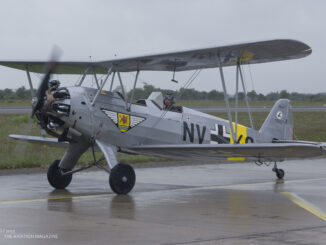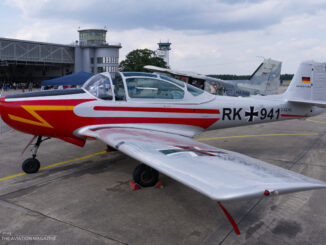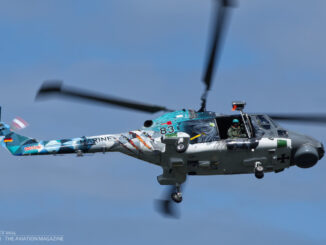
Generalmajor Hugo Sperrle was entrusted the command of Legion Condor, with the field command given to Oberstleutnant Wolfram von Richthofen.
When a military coup of Spain took place on 17th July 1936, the country, divided between Republicans and Nationalists, plunged into a terrible civil war. Almost immediately, both sides of the conflict asked for political and military help from other countries. While the Republicans managed to gain some support from Mexico, the Soviet Union and France, the Rebel fraction was widely supported by Germany, Italy and Portugal.
Germany was among the countries that deployed a military contingent to Spain. It consisted both of army and air force unit, and initially kept covert by establishing two fake ´commercial´ companies. However, following the German acknowledgement of the Nationalist government on 30th September, the expeditionary force became officially recognized – initially named the Iron Rations, then the Iron Legion and, finally, the Condor Legion.
On 6th November 1936, when Brigadier General Hugo Sperrle took over the command of the expeditionary force, the Condor Legion had already about 100 aeroplanes and 5,000 of military personnel. Those numbers increased significantly during the years of the conflict.
At the beginning, the Luftwaffe part of the Condor Legion consisted of the Jagdgruppe 88 fighter group with four squadrons of Heinkel He 51; the Kampfgruppe 88 bomber group with four squadrons equipped with Junkers Ju 52; the Aufklarungsgruppe 88 recconaissance group flying both He 70 and He 45; the Aufklarungsgruppe See 88 naval reconnaissance group with two squadrons of He 59 and He 60; the Flakabteilung 88 anti-aircraft group and several supporting and maintenance units.
Later, the German units were successfully receiving new aircraft, including some latest developments and prototypes. The fighter units tested both He 112 and Messerschmitt Bf 109 prototypes in Spain, and later the serial variants of Bf 109 arrived to the Condor Legion. The bomber units received He 111 and Dornier Do 17 bombers and Henschel Hs 123 dive-bombers.
Consecutively, the older aircraft were transferred to Nationalist air force. A bit later, in 1940s, the license production of Bf 109 and He 111 was launched in Spain.
The participation of Condor Legion in Spain is still arising controversy and fervent discussions among historians. It also became a well-known symbol in the popular culture – the symbol of modern warfare, horrible air raids and other horrors of war, being also an inspiration for many artists.
Pictured are two warbirds on display in Flugwerft Schleißheim aviation museum in Munich: a Messerschmitt Bf 109E, built 1938 in Leipzig and then delivered, together with approximately other 40 ´Emils´ to Spain; and in the background, a CASA 2.111B, license variant of He 111 manufactured in Spain.



